The processing method of coffee has always been the key link in the refined processing of green coffee beans. With the development of market demand and the exploration of the industry, on the basis of the mainstream “three major processing methods”, a variety of “special processing methods” have also extended.
There are three most traditional and most popular coffee processing methods, namely natural , washed , and honey processing method.
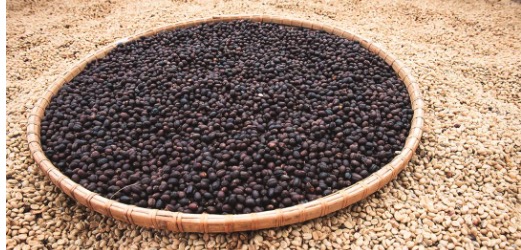
The natural sun-drying processing method is also called the drying type processing method, and it is the simplest to operate. It only needs to spread the harvested coffee fresh fruits directly and receive the sun exposure, and it can slowly ferment itself. In this process, it is necessary to constantly turn over the fresh fruits to avoid some surfaces that cannot receive sunlight from being moldy, decayed, or some fresh fruits from over-fermenting. Until the fresh fruits are dehydrated to a certain extent, it is declared completed.
The washed processing method is more complicated. The coffee fresh fruits need to use a fruit peeling machine to separate the outer peel and most of the flesh from the coffee beans. The peel and flesh are the most difficult to control variables in the later fermentation process, which may lead to over-fermentation, decay, and produce bad flavors. Therefore, the washed processing method will minimize these variables. The coffee beans separated from the peel and flesh will enter a clean water tank and be soaked for a certain period of time to allow the coffee beans to ferment. The fermentation process will destroy the viscosity of the pectin, so the remaining flesh will fall off in this process. After the fermentation is completed, the coffee beans still need to be dried.Compared with other processing methods, the washed processing method often presents the characteristics of higher acidity and greater cleanliness, which is also an important reason why many practitioners prefer the washed processing method.
And honey processing is more similar to a kind of mixed processing method. The picked coffee fresh fruits also need to be removed with a fruit peeling machine to a certain amount of outer peel and flesh, and then be dried, fermented, and dried. In this process, the undisturbed peel and flesh will contribute more sweetness and thickness to the coffee beans, so it has also been loved by many people.
Outside these three processing methods, the “semi-washed processing method / wet planing method” adopted in the Indonesian region also belongs to the category of traditional processing methods, but due to the limitations of its application scope, this method is not common. Recalling the various coffee bean product packaging that has been seen before, the most common words are indeed “sun-drying, washed, honey processing”…
However, with the development of the specialty coffee market, in order to meet the increasingly diverse pursuit of coffee flavors, various producing areas have also begun to explore and innovate the processing methods of coffee, and the names of new processing methods are also emerging in an endless stream: “barrel fermentation, raisin honey processing, double anaerobic fermentation…” These that are different from the traditional three processing methods are classified as “special processing methods” in the industry.
In 2015, Sasa Sestic brought special processing method coffee beans such as carbon dioxide impregnation to the world competition of baristas. After he won the championship of that year, this new type of processing method with the keyword “fermentation” quickly swept the coffee industry. These new processing methods have brought new flavors to coffee, and also brought new demands and thinking to consumers and practitioners.
In the industry, the controversy between traditional processing methods and special processing methods has also emerged. Some people stick to the “camp” of traditional processing methods, believing that that is the true taste of coffee, while more people have begun to recognize and accept special processing methods, and are fascinated by the flavor surprises brought by special processing methods to coffee.
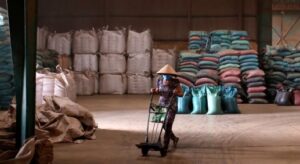
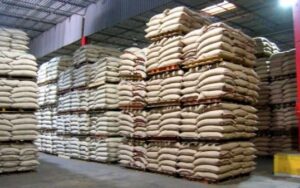


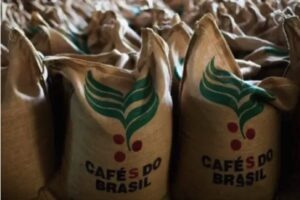


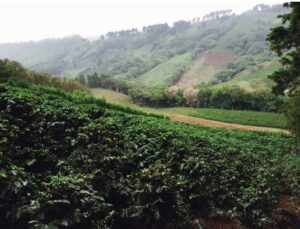

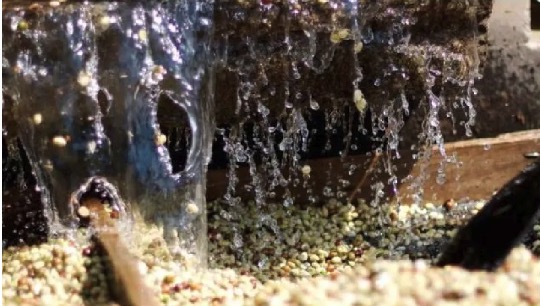

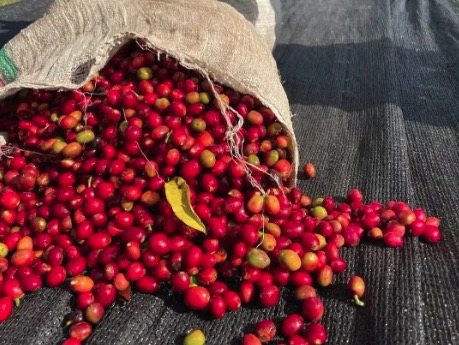
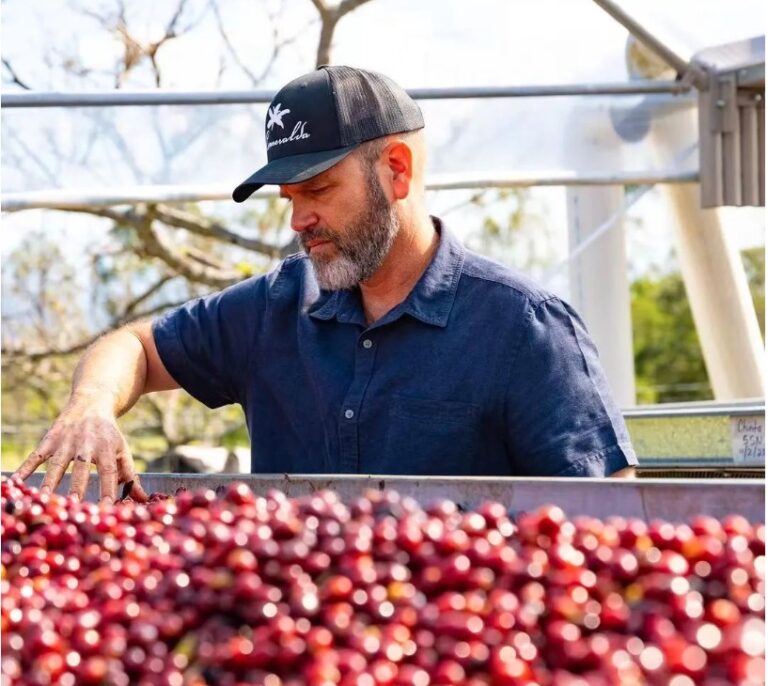
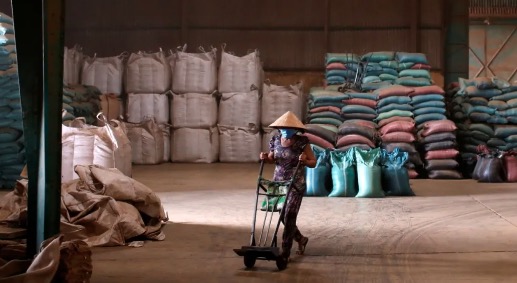
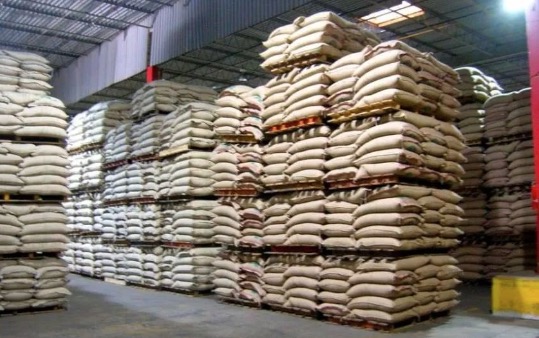

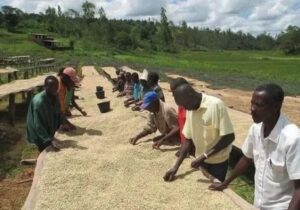
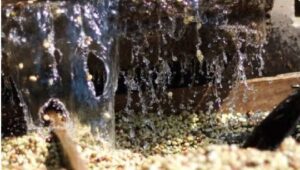

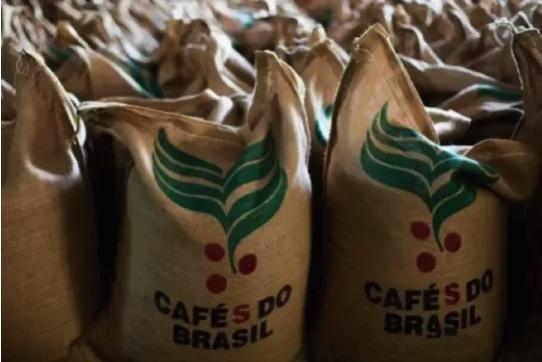


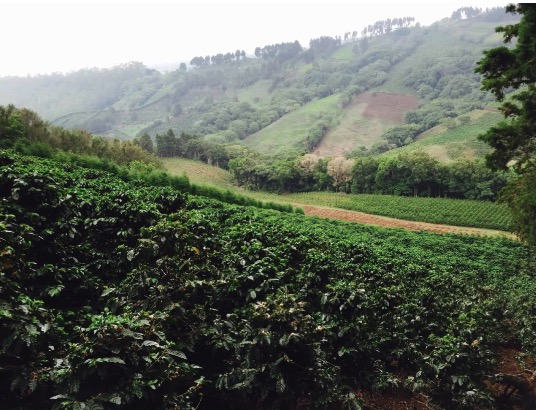
+ There are no comments
Add yours